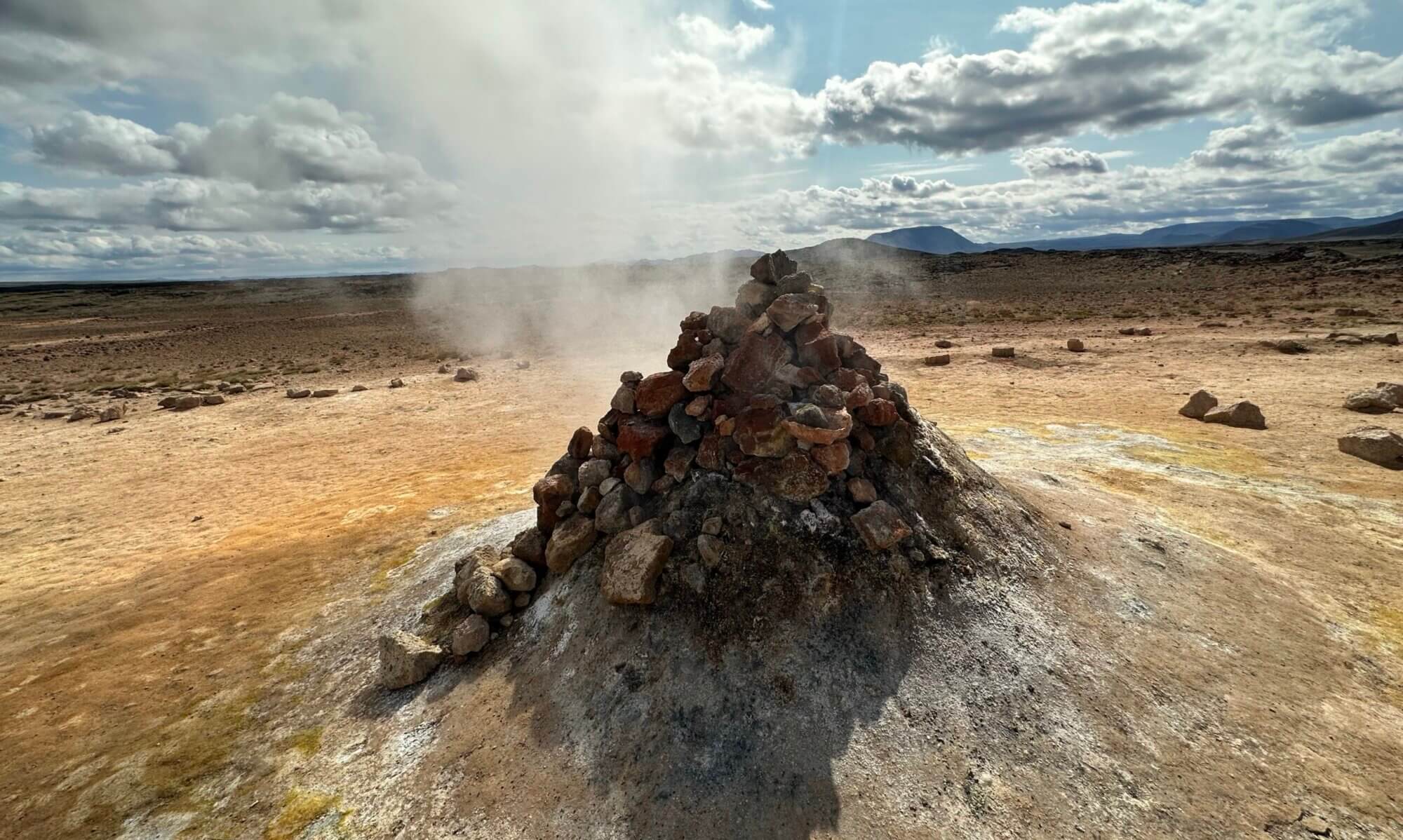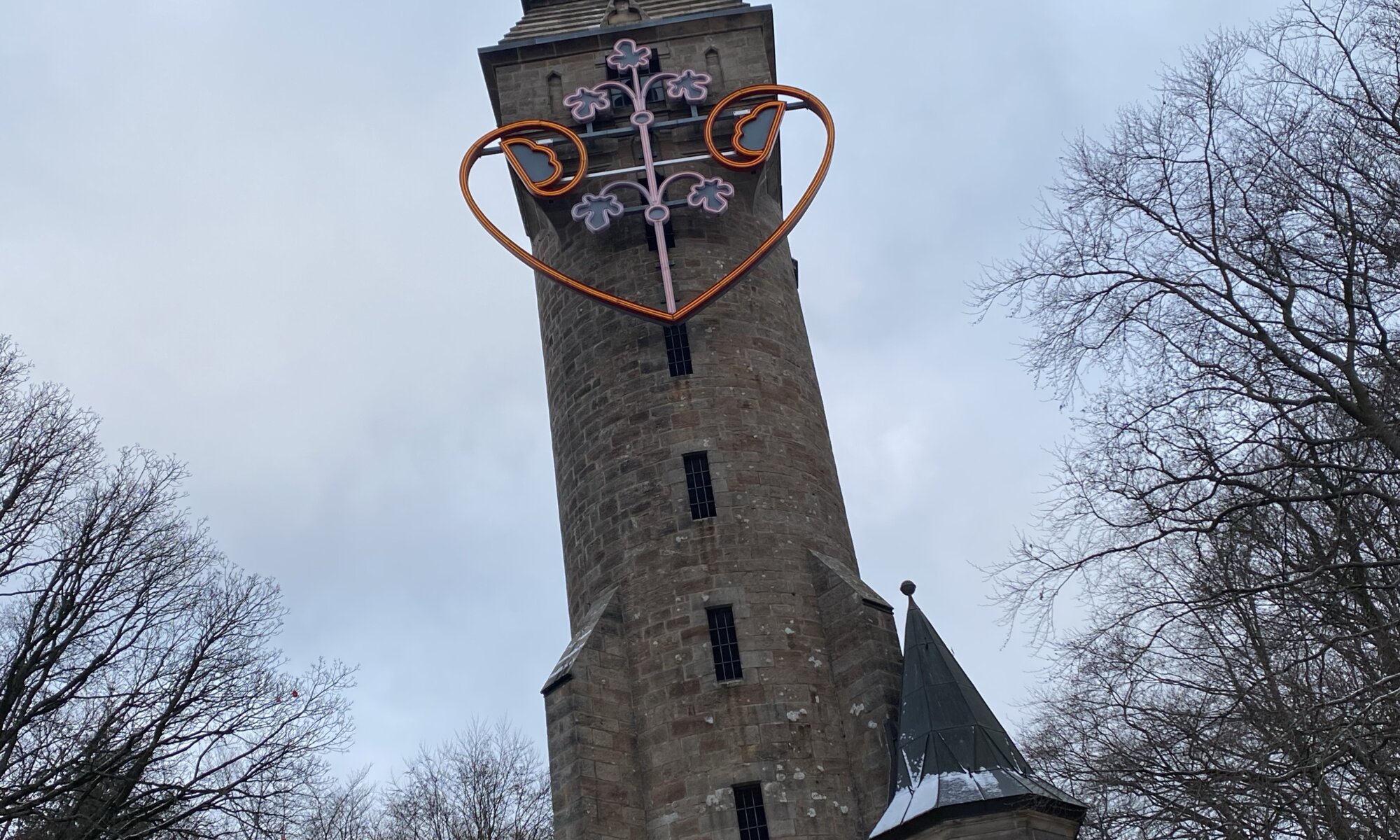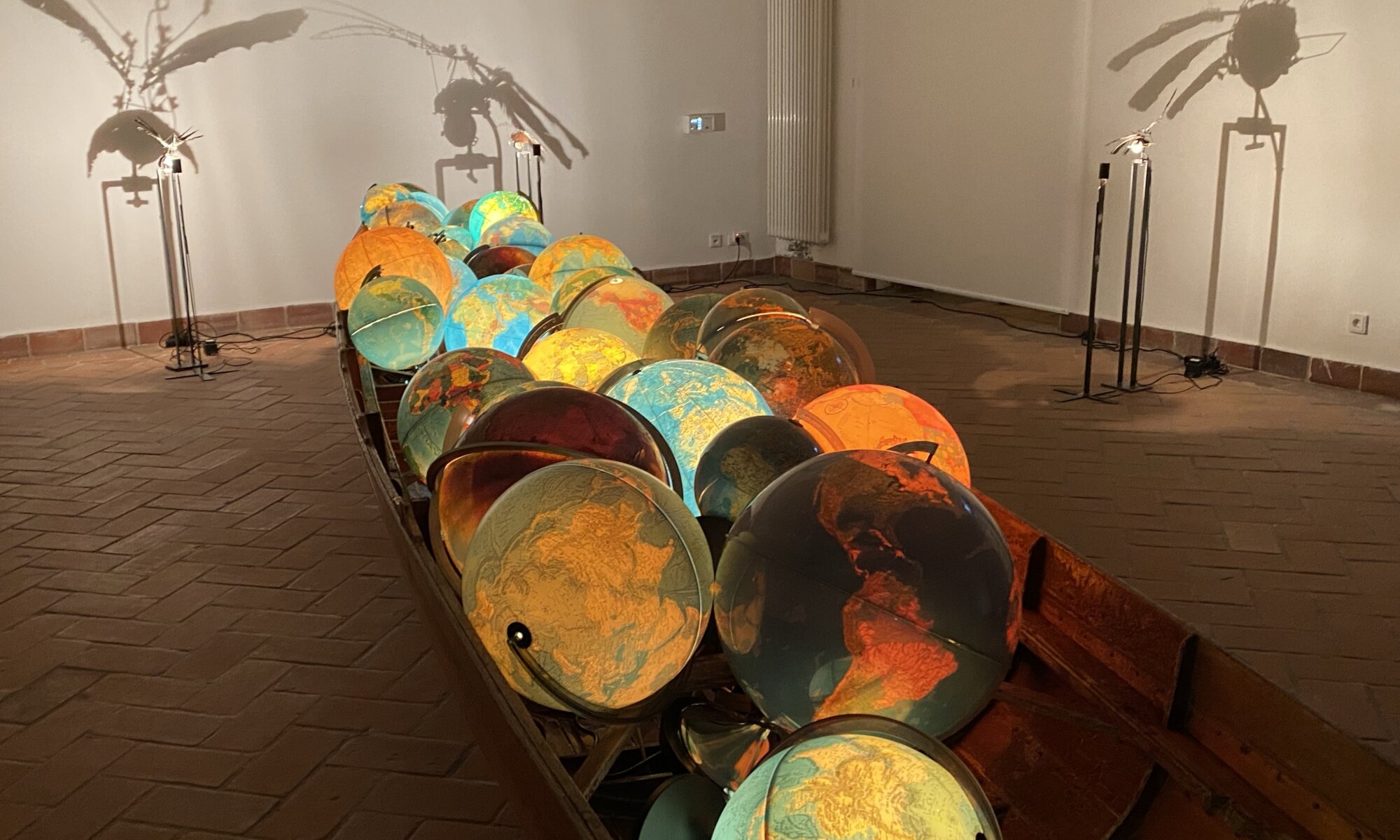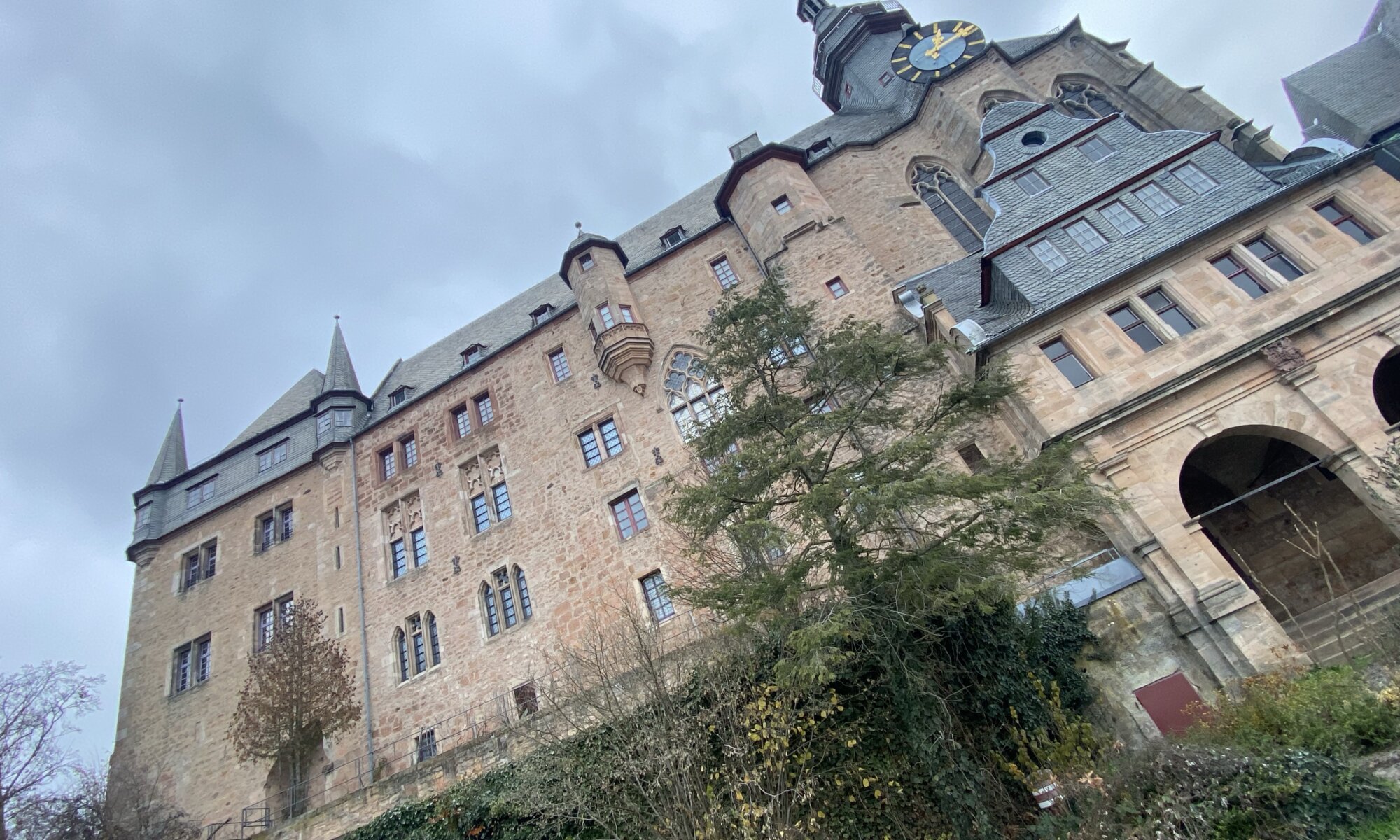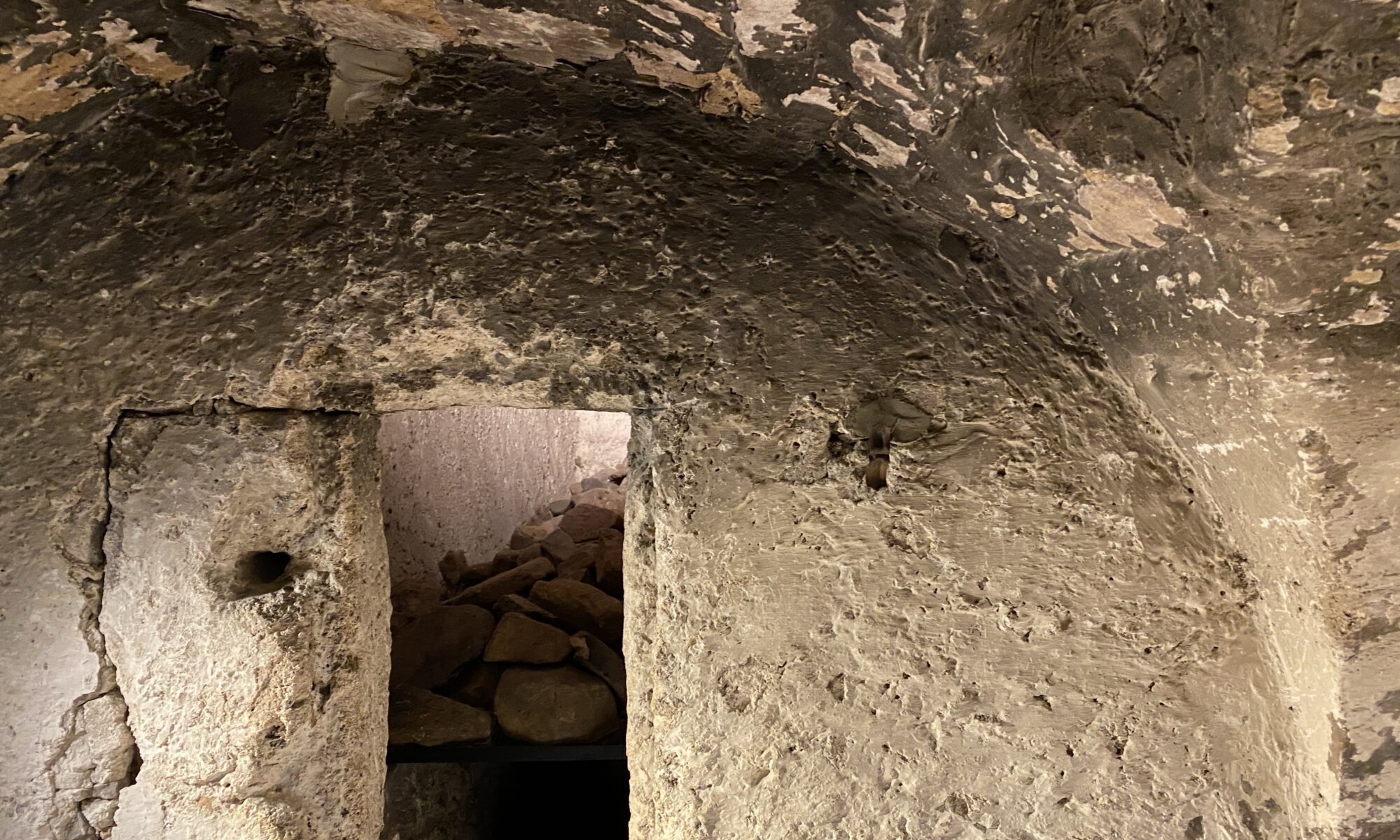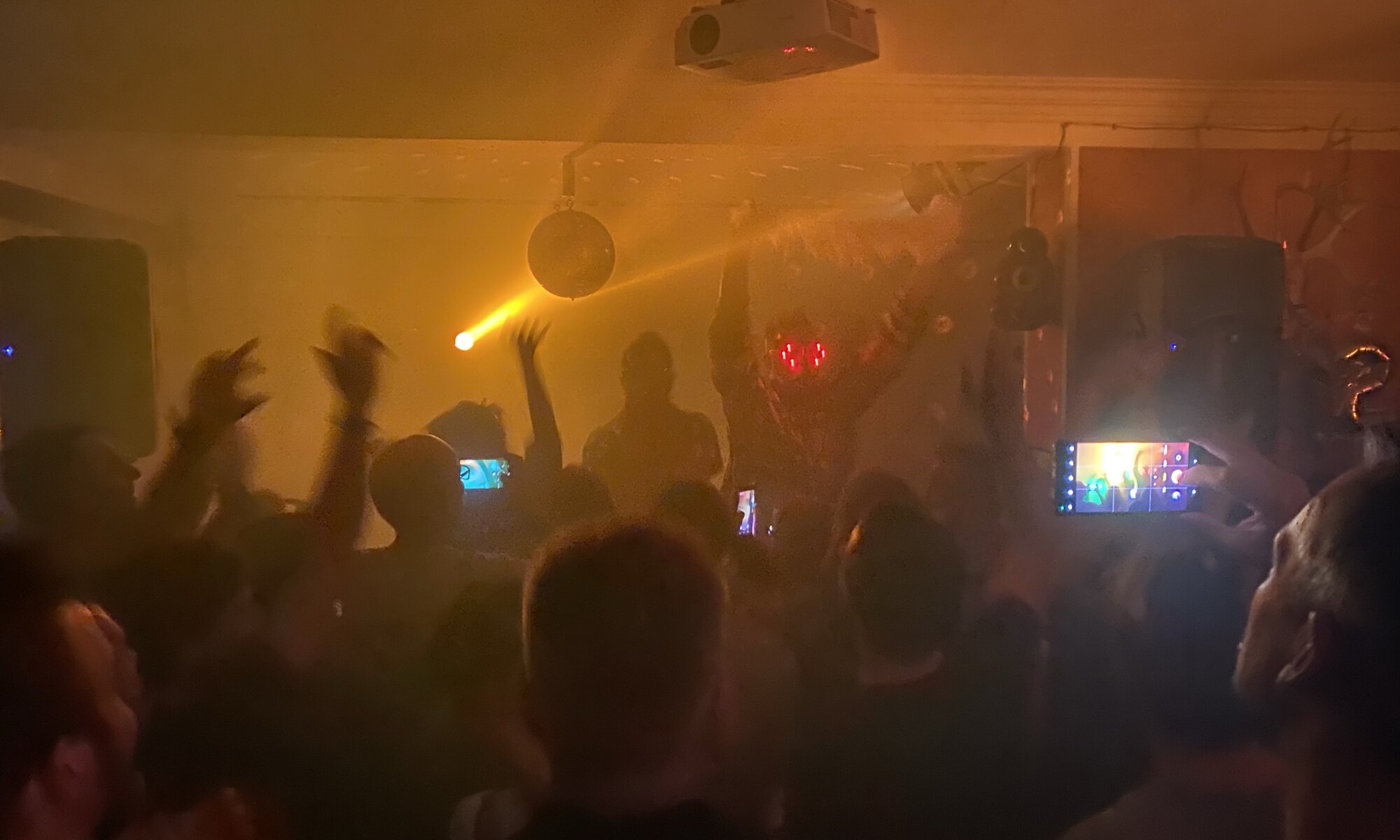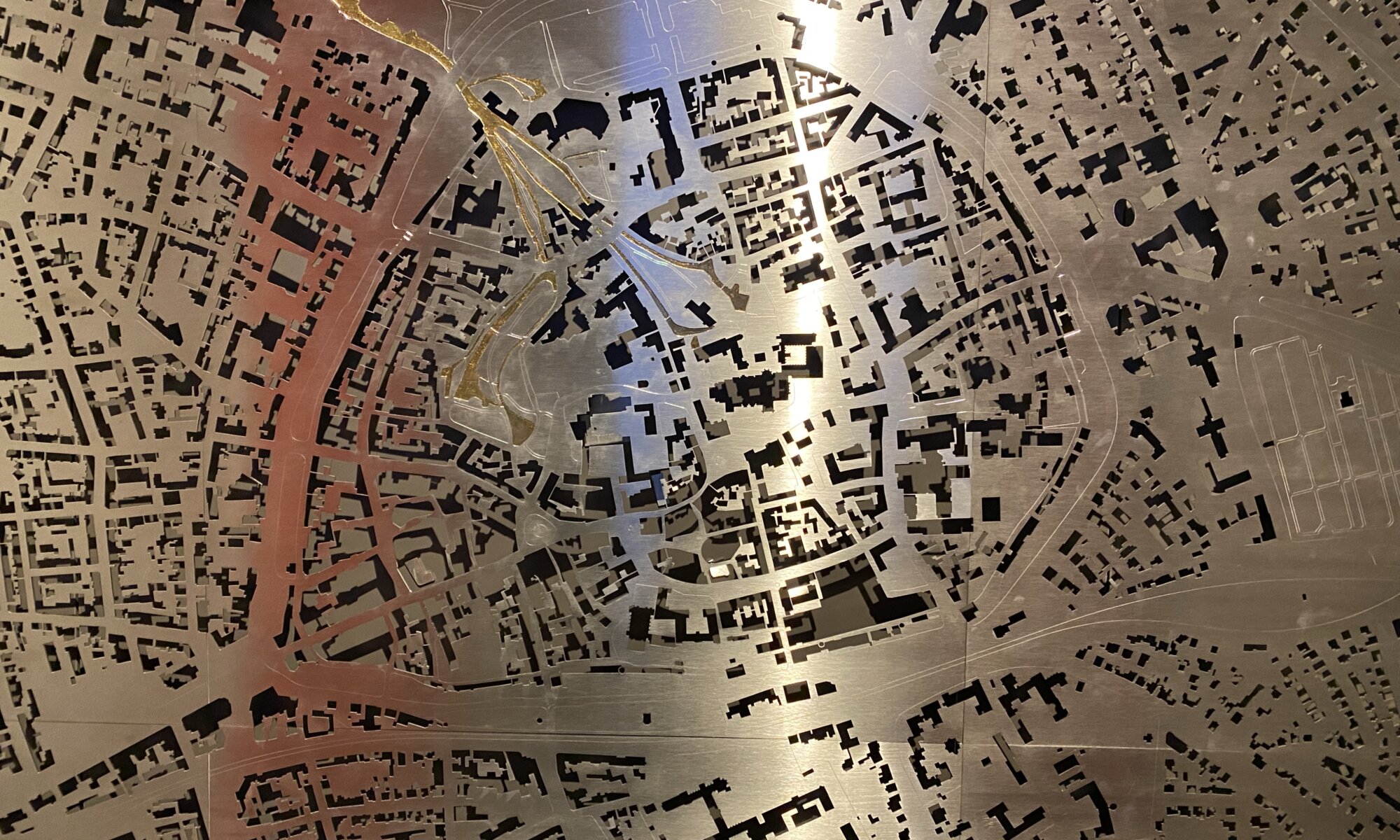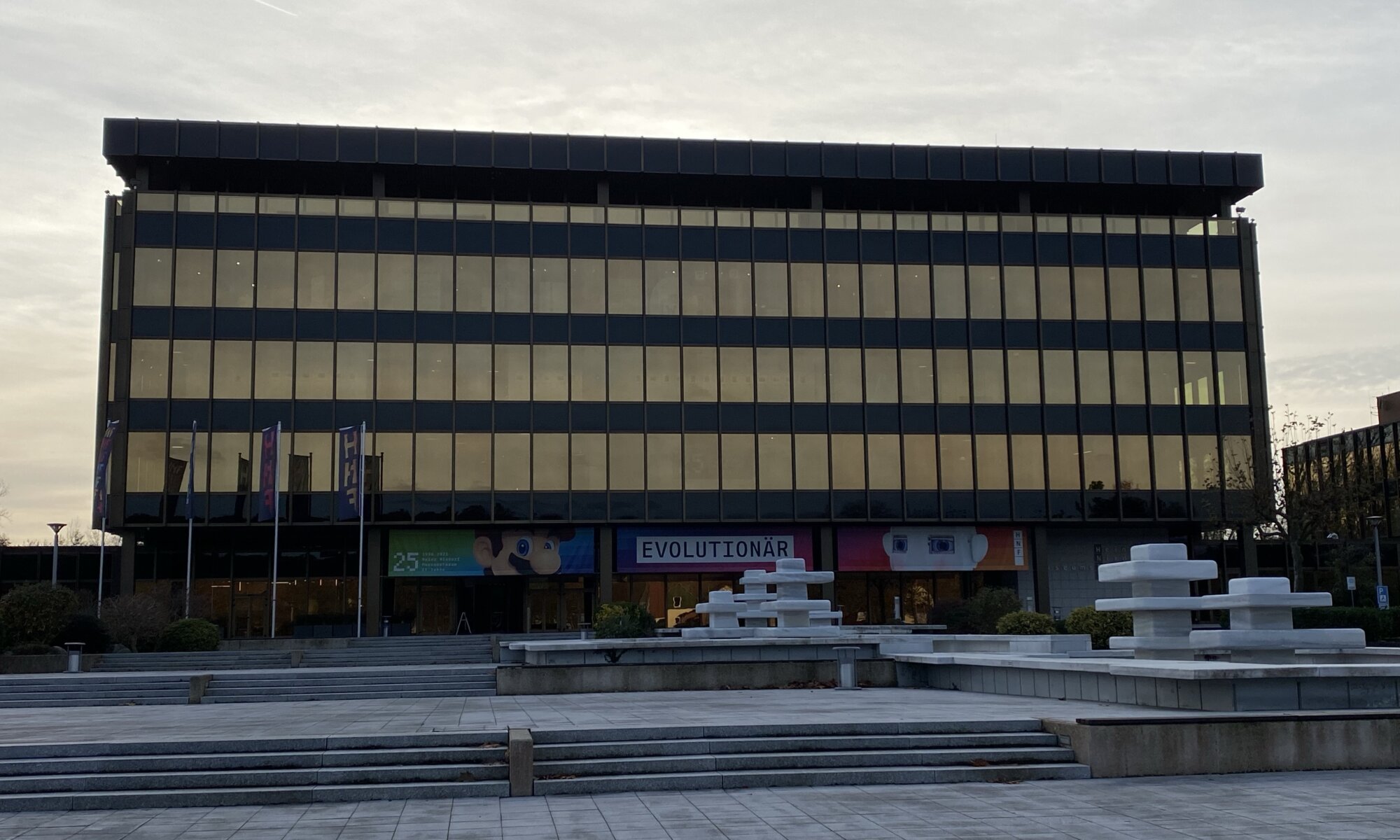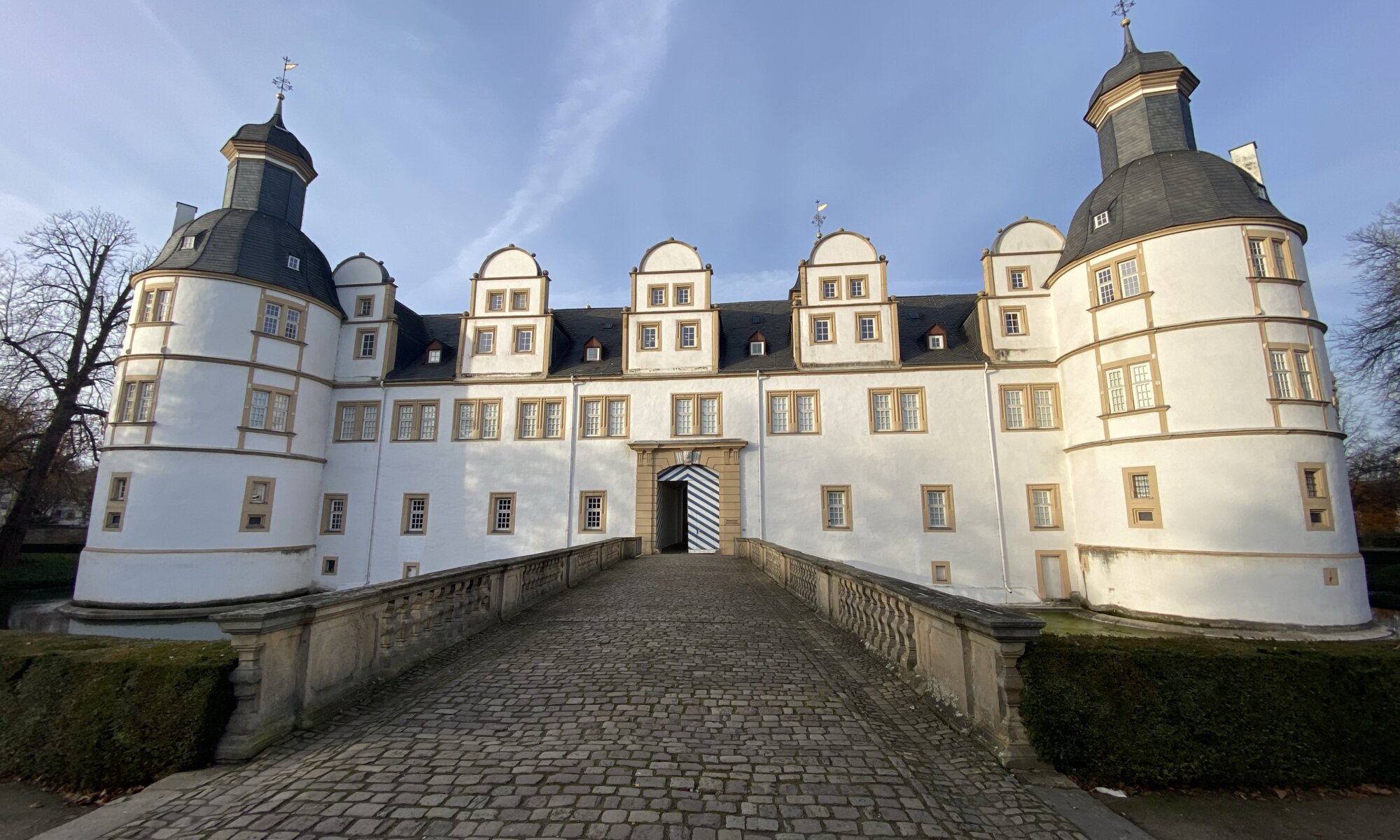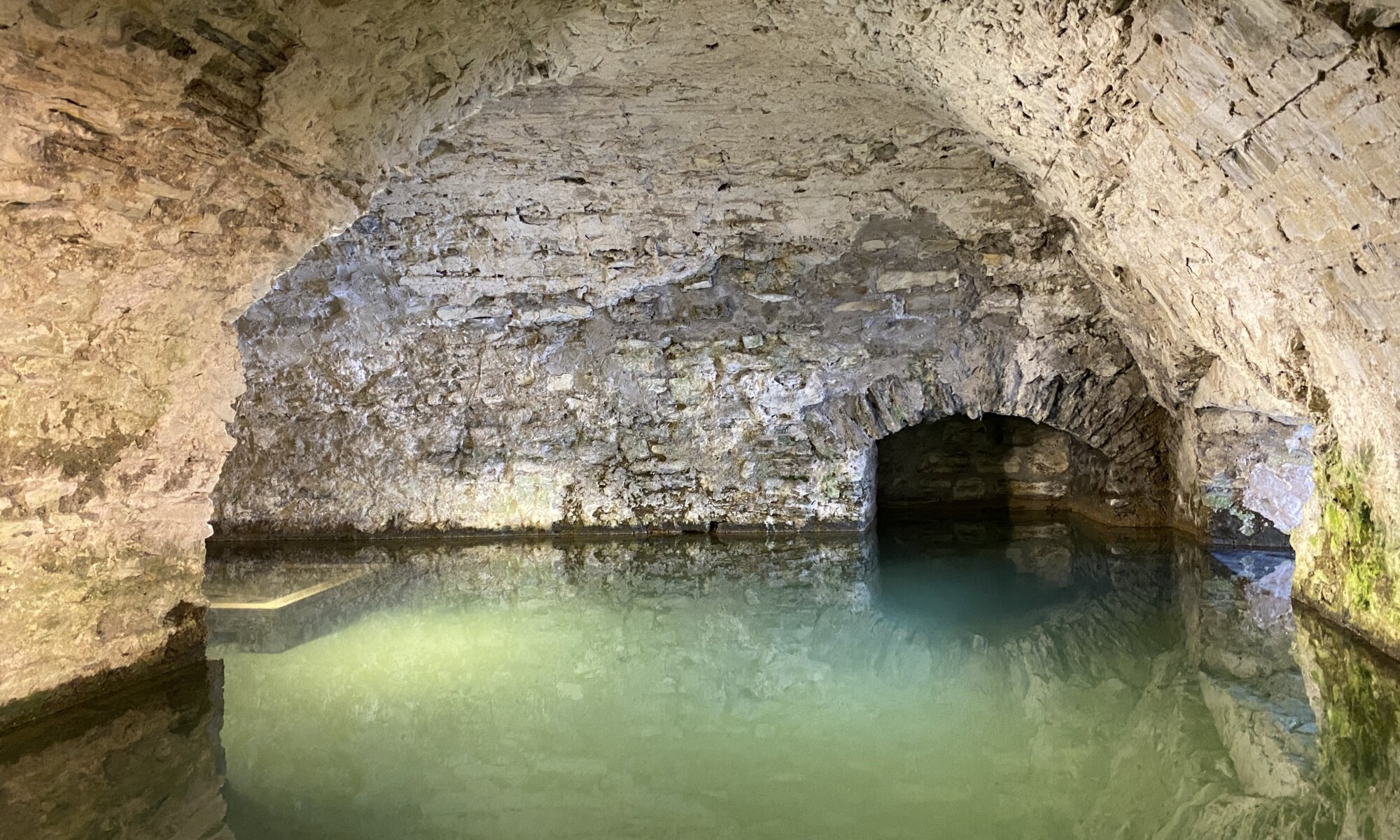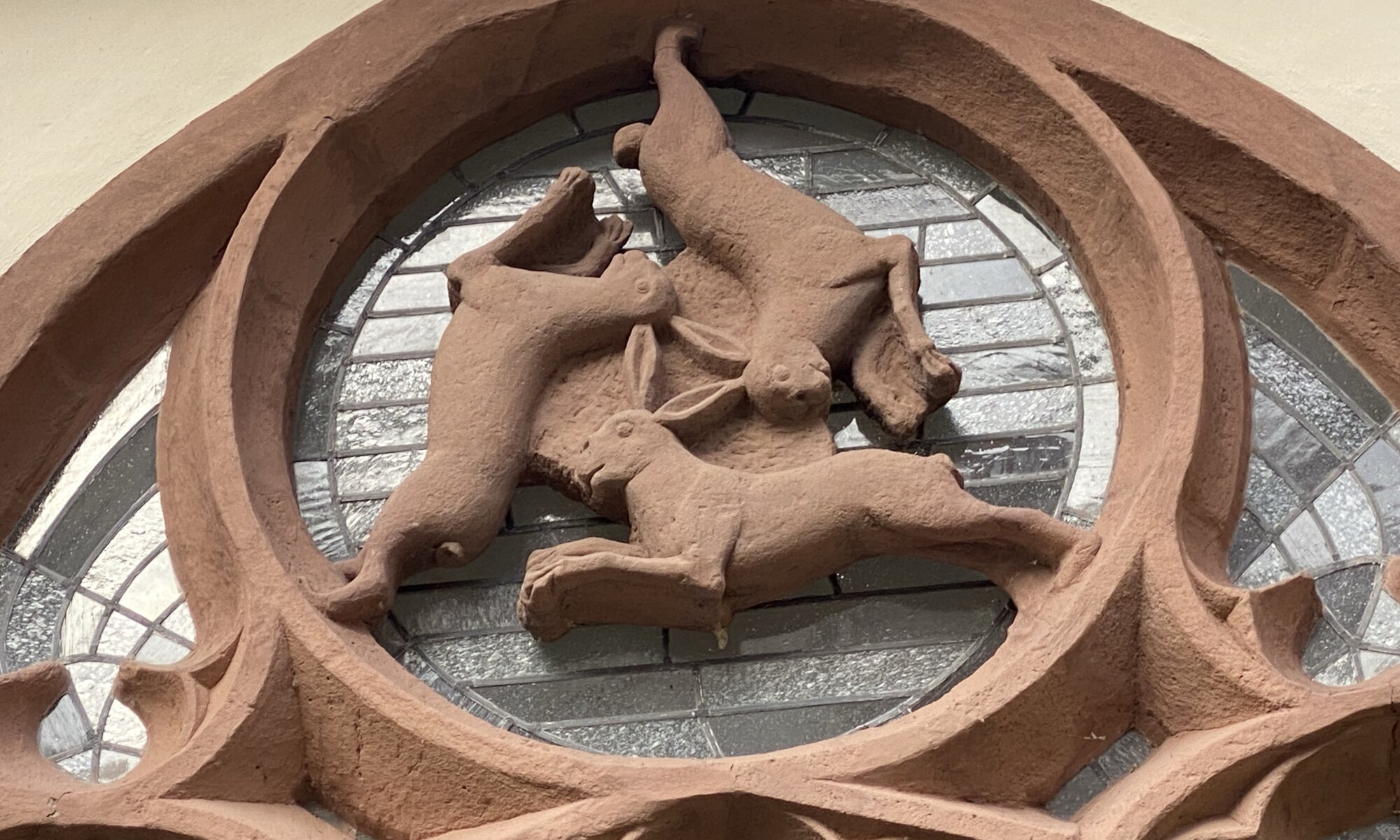Throughout Germany you can find many statues and memorials in form of towers created for three persons: Otto von Bismarck, Wilhelm I, and his grandson Wilhelm II. They’ve mostly been funded by donations of the citizens. That is also the case with the tower overlooking Marburg an der Lahn: It was built in 1887 to commemorate the creation of the German Empire and the victory in the Franco-Prussian War in 1870/1871. It was named Kaiser-Wilhelm-Turm after Wilhelm I, king in Prussia.
Continue reading “Spiegelslust”Small but great
The city of Marburg an der Lahn, Germany, has only 74,000 inhabitants. But it is an university town with a long history and therefore has something unusual for a city of that size: a wonderful art museum. The building was created in 1925 to commemorate the foundation of the university 400 years ago and therefore named Jubiläumsbau. Within the institutes for art and culture were concentrated that were until then distributed throughout the city.
Continue reading “Small but great”Landgrafenschloss
Above the beautiful historic city center of Marburg an der Lahn, Germany, you can find a castle with strong fortifications, the Landgrafenschloss or Marburger Schloss. It was created as a medieval castle in the 11th century and was changed over time by the Ludovingians and the landgraves of Thuringia. Later it became the first residence of the landgraviate of Hesse in the late 13th century and therefore it has a place in the history of this federal country of Germany.
Continue reading “Landgrafenschloss”Four cellars
You can learn a lot about the history of Göttingen by walking through its streets and visiting important places. But for some stories you have to explore the underground and have a look at the cellars in the city center. Fortunately, the tourist information organizes guided tours that show you hidden Jewish ritual baths, ancient floor heating systems, a sewer of a former monastery and a beautiful vaulted cellar. Some have been known all the time, others have been temporarily forgotten and rediscovered.
Continue reading “Four cellars”Sputnik
The Sputnik (Russian for ‘satellite‘) is just a small bar located in the Imadstraße close to the city center of Paderborn. It is a well-known bar but not a big concert location. I came to Paderborn to attend a concert of Fortuna Ehrenfeld and Nevis at a club called Wohlsein, but that one couldn’t be used due to renovation works by the landlord.
Continue reading “Sputnik”Stadtgeschichte
For sure also Paderborn has a Museum für Stadtgeschichte that collects items from the history of the city. It was first located in the historic Adam-und-Eva-Haus, a half-timbered house north of the cathedral. In 2015 it moved to a modern building on the grounds of the former Abdinghof cloister. The museum is rather small but very modern.
Continue reading “Stadtgeschichte”Computing history
What many people don’t know is that the modern history of Paderborn is deeply connected to computing. In 1968 Heinz Nixdorf founded the Nixdorf Computer AG which was an important computer manufacturer. It was later acquired by Siemens and the name Wincor Nixdorf become later known mostly for Automatic Teller Machines (ATMs) and cash desk systems. We all have probably already withdrawn money at machines produced at Paderborn.
Continue reading “Computing history”Schloß Neuhaus
Schloß Neuhaus is a castle in Weser Renaissance style located at the city quarter also named Schloß Neuhaus belonging to Paderborn. It was used as a residence of the bishops of Paderborn since the year 1257. Later it was used for military purposes and today it is used as a school. People come here to have a look at the nice castle surrounded by a water-filled moat and to walk through the wonderful landscape garden surrounding the castle.
Continue reading “Schloß Neuhaus”Kaiserpfalz
In the 8th century Charles the Great created the Pfalz Paderborn as one of his seats. At was lost over time but in 1964 the basis of this ancient building was rediscovered during construction works. It has then been preserved and made visible – and directly next to it the LWL-Museum in der Kaiserpfalz has been built. This museum exhibits historic findings of the area underneath an amazing event location.
Continue reading “Kaiserpfalz”Drei-Hasen-Fenster
The cathedral in the city center of Paderborn, Germany, is dedicated to three saints and therefore it is officially named Hoher Dom St. Maria, St. Liborius, St. Kilian. The current cathedral dates back to the 13th century CE, but its predecessors might have stood there already five centuries earlier. The building is 104 meters long and the tower 93 meters high, it is really an impressive building.
Continue reading “Drei-Hasen-Fenster”